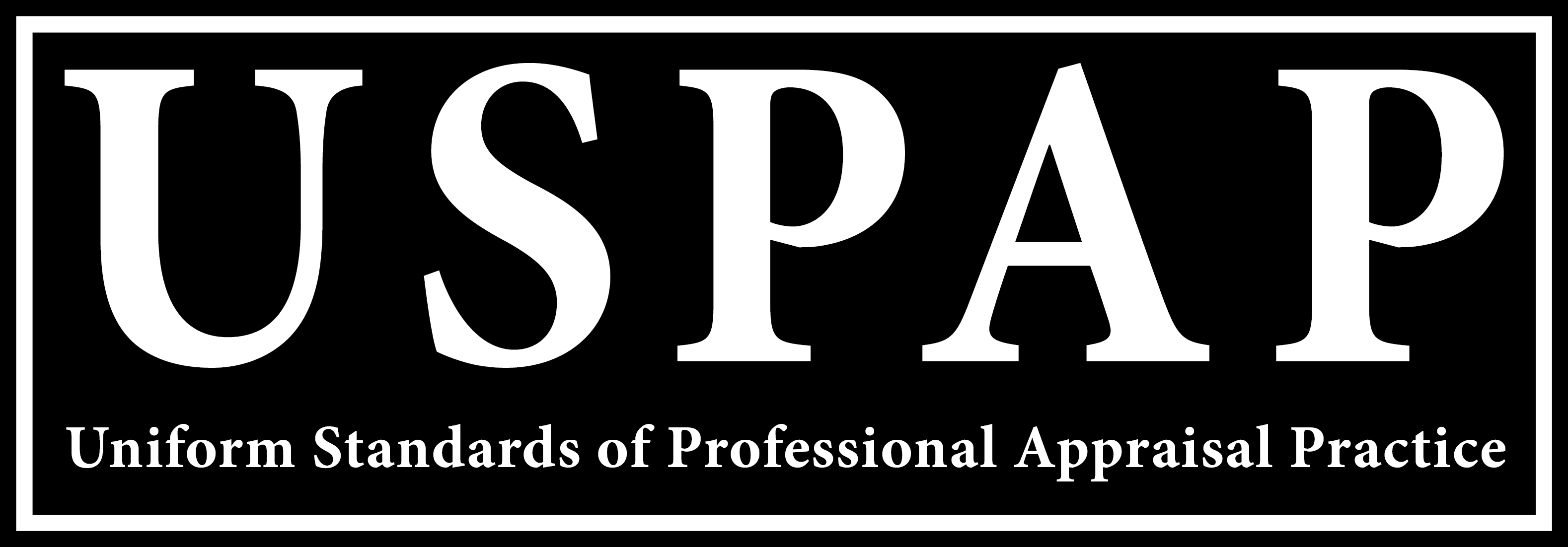The United States has more General Aviation aircraft than any other country at just over 230,000, and this does not include commercial, military, or private jets.
The convenience, opulence, and privacy of personal aircraft make them a popular choice for busy professionals.
Yet jets are changing all the time. They are getting faster, more efficient, and more technologically advanced all the time.
If you are looking to upgrade, you may consider selling your jet to a qualified buyer. Are you wondering how to begin the process?
Here are some tips on taking off.
1. Know Your Jet’s Value
You will want to price your aircraft correctly. A price too high will drive away prospective buyers. While many owners will hire a broker (we suggest you do), knowing the value of your aircraft will empower you to through the sales process. Be wary of merely accepting a value without hiring an appraiser for an unbiased opinion.
Companies like VREF specialize in aircraft appraisals. VREF appraisers are Senior Accredited with the ASA and are also USPAP compliant, and this means that we are qualified to provide you with the value of your aircraft.
An appraiser will thoroughly examine the equipment of your aircraft and consult aircraft documentation, including logbook and maintenance records. They will help you determine a fair market value for your through laborious investigative work, comparing recently sold aircraft or possibly the cost to rebuild it depending on the scope of work for the appraisal. An appraiser is someone with substantial knowledge and experience, and they can provide insight into the market as well as the asset.
2. Do I market it or not?
Selling an aircraft requires locating a potential buyer, so how do you find one? Besides the obvious of hiring a broker to market it or present it to their network of buyers, there are numerous things to take into consideration.
Placing an ad in Controller, Trade-A-Plane, or Barnstormers is always a good idea. You only get one first impression, and most buyers are scouring the markets constantly, so do not cut corners on the listings. Make sure you are accurate in your description, and please include the avionics and essential features. The more data you provide, the happier a potential buyer will be. Accuracy counts, so do not misrepresent anything!
You can also place your aircraft for sale in closed Facebook Groups, and sign up for some forums that are for owners of like-kind aircraft. In the spring, summer, and fall, you can fly your plane to a bunch of shows and conventions with static displays (this gets expensive fast).
What about keeping a plane off-market? “Off-Market” has become a heated topic over the years. Like any asset, ones with higher demand will benefit from being kept quiet. Many business jet buyers like to look at aircraft off-market, and the brokerage community also reinforces this. The truth is, there is nothing more frustrating than trying to buy something not really for sale. So my opinion is to leave it off-market for a week or two and see if you get any nibbles, and then put it out on the classifieds.
3. Focus On Add-Ons and Maintenance
Many prospective buyers will focus on aircraft with features and equipment they not only require but desire.
Buyers will also be looking for planes that will require little maintenance after the sale. Let them know about any maintenance you recently completed or are willing to complete to get the transaction completed.
Complete logbooks and records along with no damage history have just as much influence on value as the equipment and total time, so get your documentation in order before you set up a demo or inspection with a buyer. Knowing what you don’t have is just as important as what you do, so get inventory lists of loose equipment complete as well.
4. Communicate Constantly With Your Buyer
As with any other type of sale, communication is vital. Keep meticulous records of the selling process in a notebook. Use email as much as possible to document your communication.
Excellent communication will also show prospective buyers that you are a professional seller who is serious about your aircraft.
Your buyer will need to do a complete pre-inspection of your aircraft with a certified mechanic. They will need to complete a bill of sale, which they can download from the Federal Aviation Association’s (FAA) website. The actual moment of transfer occurs when the bill is signed.
At the time of transfer, be sure to verify your insurance, as well as that of your buyer. If you are working through a broker/dealer, you will want to get a written agreement stating that you will pay them only after the buyer pays you.
USE ESCROW, and protect your self. We tell everyone to use escrow because escrow agents will research things like liens. Once you buy it, you own the claims. Be smart and protect your self!
As a seller, you may also be required to communicate with financial institutions, attorneys, and aviation authorities. It is critical to be professional and return emails and phone calls promptly. Respond with thorough documentation of requested information.
Consider Selling Your Jet
The right timing, marketing, and paperwork are critical to selling your plane or helicopter at the right price. With a little homework, you could be ready to purchase your replacement aircraft in no time.
For more help with appraising the value of a private jet, contact us today.







